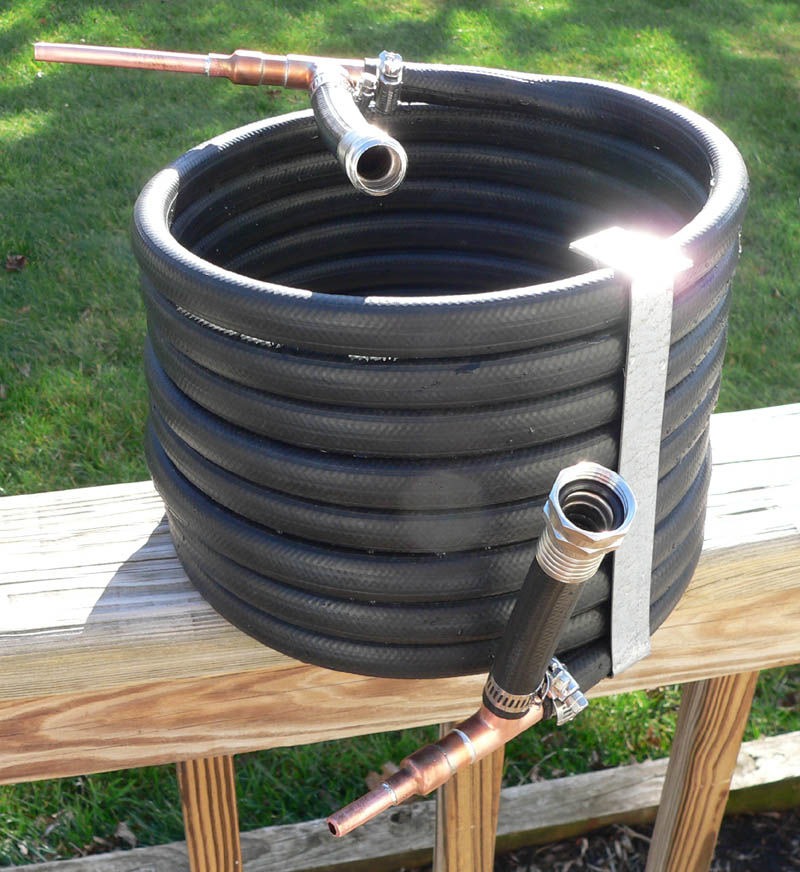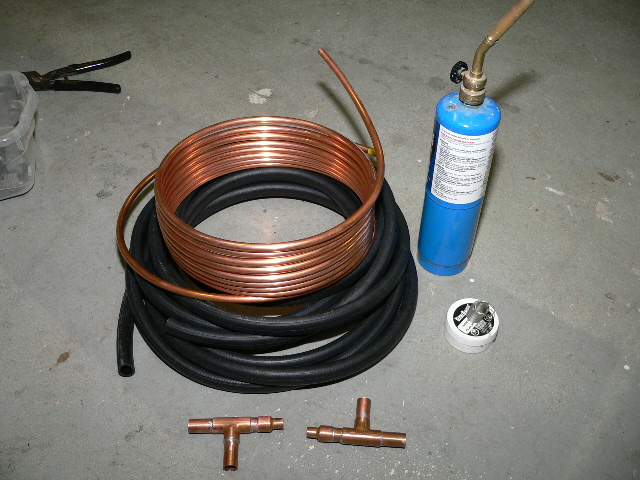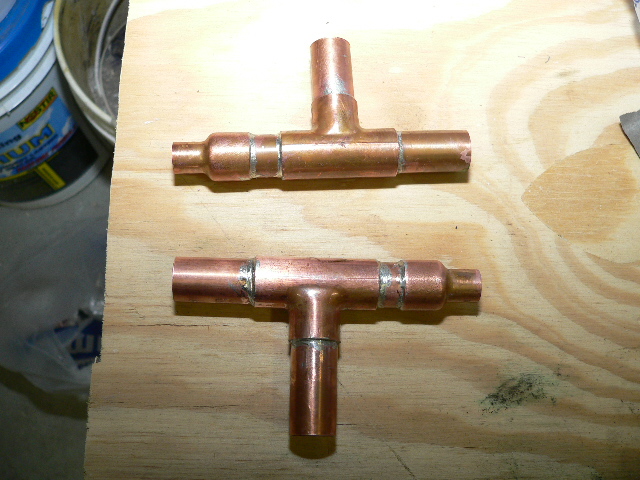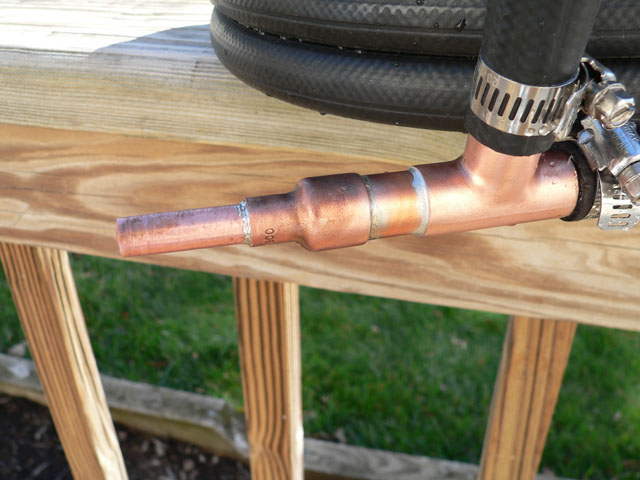I have been sticking my carboys in an old fridge that I have. Which does help.....but it still isn't exactly controlled.
The fix?? A digital temp controller that can be found on Ebay for a little over $20 shipped!
The controller comes with a temperature sensor and has relays for both heating and cooling. Can hold a temp within .3 degrees Celcius (the only downside is that the controller only displays Celcius) and even has a compressor delay so your fridge isn't cycling off and on.
On to the install!
So here is the fridge before:
First I started by pulling the original thermostat apart to see what was inside:
So here you can see the original thermostat on the left with the red and orange wires running to it. I will basically take these two wires and extend them into my new thermostat (the temp controller) and land them on the cooling side.
The controller also requires 110v to power itself on. All I did was splice into the wires that feed the lights for the fridge and extend those over to the controller
Another view of the old thermostat:
My next step was cutting the hole for the unit in the door. Remember to check inside the door too to make sure that you're not in the middle of a shelf or something else that might be in the way of the unit. I used a dremel with a metal cutting wheel to make the cut.
The back side was a little bit more rough.....but thankfully you don't see that side to often
Now with all the wires out of the thermostat enclosure ( I found a nice little hole back by the light bulbs to come out of) I was able to put all the pieces back together so it looked pretty clean
The controller itself was really easy to wire up. The white and black (my power spliced off of the lights power) fed power to the unit. The two greens went to the cooling side relay (In this picture the red wire are my cooling wires. I had used solid core wire to start with because I had it but it was way to rigid in this application. Especially with the opening and closing of the door. I used stranded 14 ga. wire instead which worked much better!)
Here it is slid into place
....and from the inside. The loose wire on the shelf is the temperature sensor
Another view of the inside.
All lit up!
My next step will be to add some kind of heater to the inside and just wire it up the heating side of the controller. I will probably go with some kind of ceramic aquarium heater.....and a heating pad.
Really happy with how this turned out. Programming it for the temperatures and compressor delay was fairly simple......the instructions that come with the unit are not the best though.
Now just need to brew some more beer to test this out!!











































